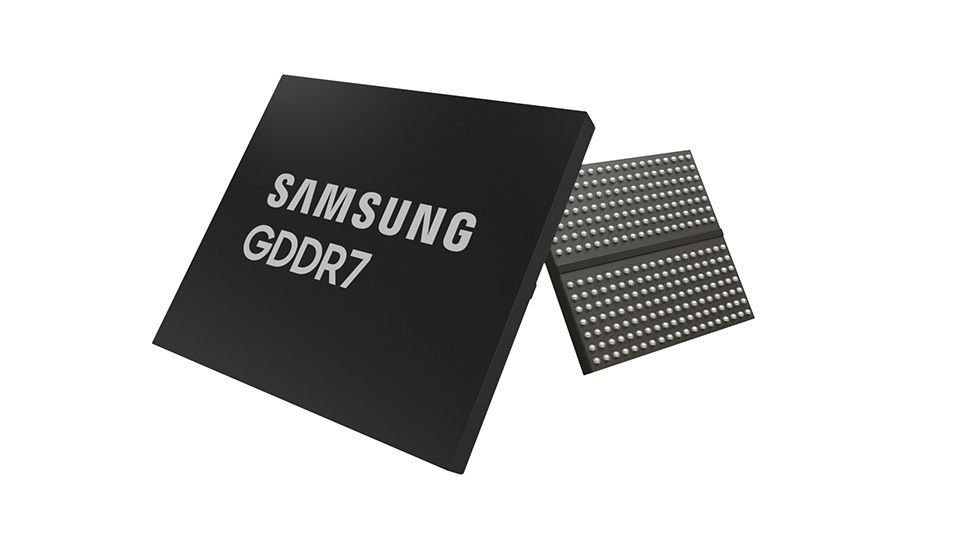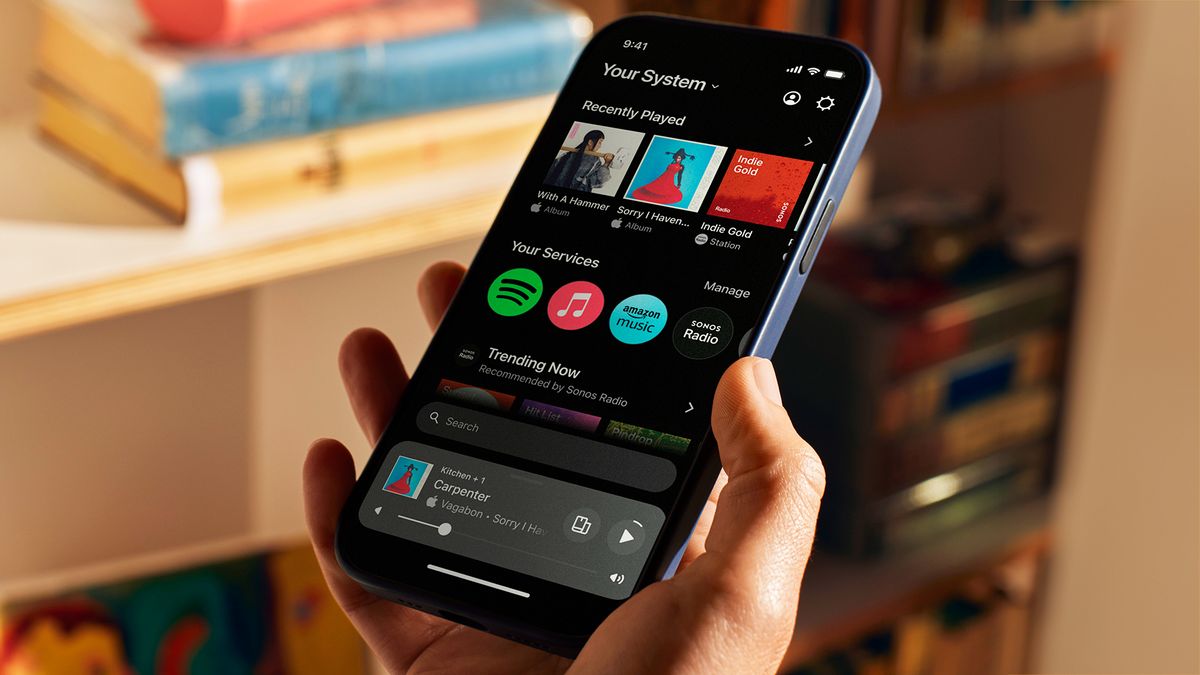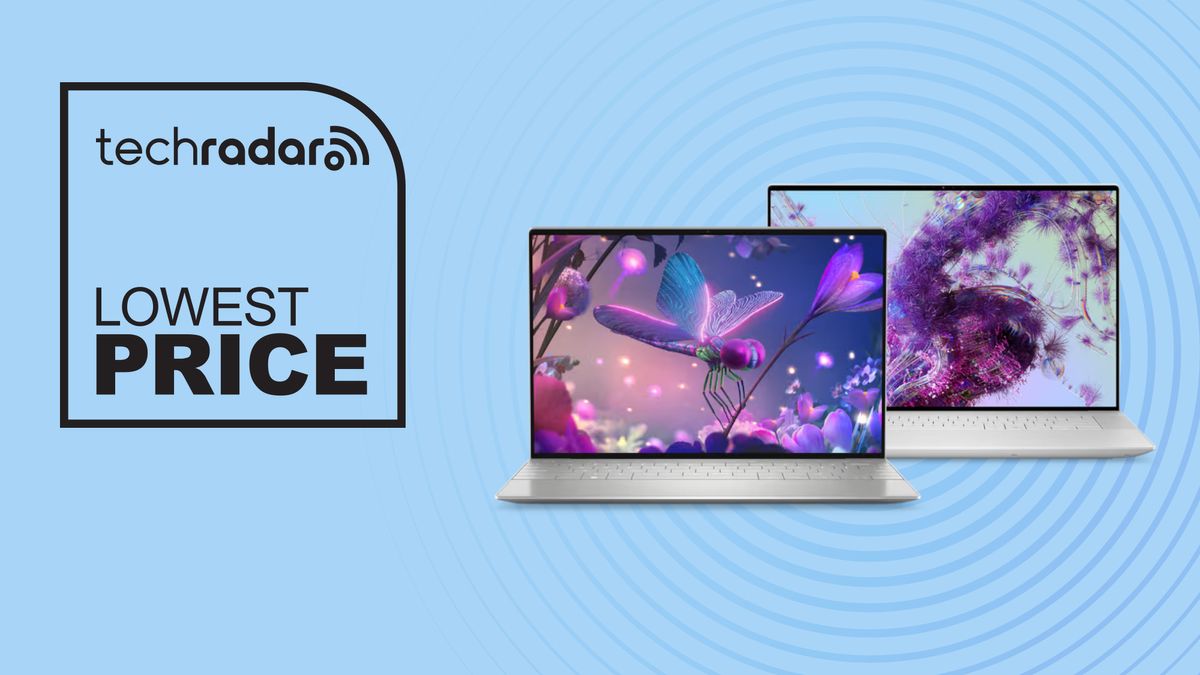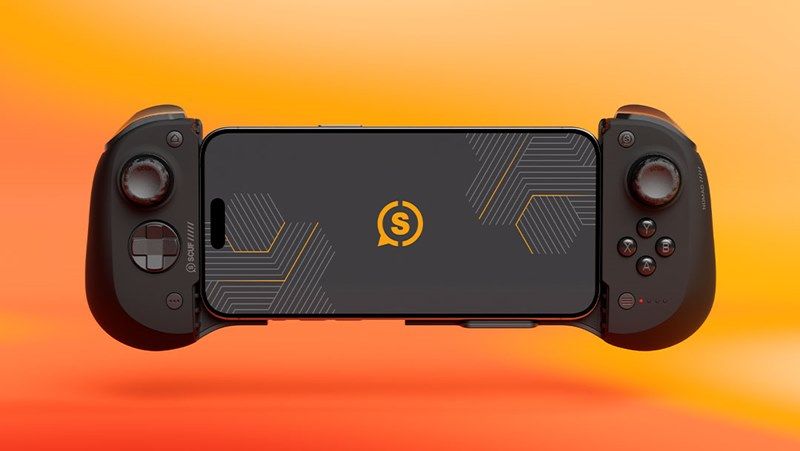GDDR, or Double Data Rate Graphics Memory (originally known as DDR SGRAM – Double Data Rate Synchronous Graphics RAM), is a crucial component in high-performance devices, particularly in the graphics and artificial intelligence sectors.
The latest development in this technology is GDDR7, which Samsung first teased at its Tech Day 2022, and while specific details were initially scarce, more information about the promising new memory standard has since come to light.
At the five-day IEEE 2024 International Solid State Circuits Conference in San Francisco in February, GDDR7 will appear in the High Density Memory and Interfaces session. There's currently not much to do besides the session header in the Advanced Program: “A 16Gb 37Gb/s GDDR7 DRAM with PAM3-optimized TRX equalization and ZQ calibration.”
SamsungGDDR7
GDDR7 memory will use PAM3 and NRZ signaling, aiming for data rates of up to 37 Gbps per pin. Its evolution has involved increasing signaling rates and burst sizes without significantly increasing the internal clocks of memory cells. This has allowed each version of GDDR to improve the memory bus frequency, thus increasing performance.
However, as frequency increases become complex, the industry is exploring other solutions. GDDR6X, for example, replaced traditional NRZ encoding with PAM4 encoding, which effectively doubled the data transmission rate. With its reduced transmission rate, PAM4 also significantly reduces signal losses.
GDDR7, however, will use PAM3 encoding, a compromise between PAM4 and NRZ signaling. This allows for higher data transmission rates per cycle than NRZ, reducing the need for higher memory bus frequencies. GDDR7 promises better performance than GDDR6, along with lower power consumption and implementation costs than GDDR6X.
Additionally, GDDR7 offers ways to optimize memory efficiency and power consumption. This includes four different read clock modes, allowing it to run only when needed. GDDR7 memory subsystems can also issue two independent commands in parallel, optimizing power consumption.
As for its launch, GDDR7 is expected to be available alongside the next generation of GPUs from AMD and NVIDIA, probably later this year.









